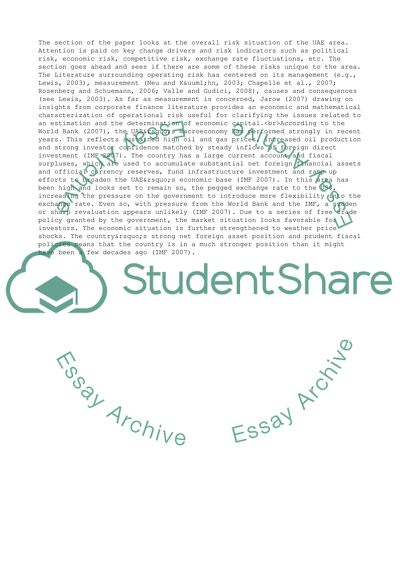Cite this document
(“Investment Decision Making Assignment Example | Topics and Well Written Essays - 2500 words”, n.d.)
Investment Decision Making Assignment Example | Topics and Well Written Essays - 2500 words. Retrieved from https://studentshare.org/business/1501706-investment-decision-making
Investment Decision Making Assignment Example | Topics and Well Written Essays - 2500 words. Retrieved from https://studentshare.org/business/1501706-investment-decision-making
(Investment Decision Making Assignment Example | Topics and Well Written Essays - 2500 Words)
Investment Decision Making Assignment Example | Topics and Well Written Essays - 2500 Words. https://studentshare.org/business/1501706-investment-decision-making.
Investment Decision Making Assignment Example | Topics and Well Written Essays - 2500 Words. https://studentshare.org/business/1501706-investment-decision-making.
“Investment Decision Making Assignment Example | Topics and Well Written Essays - 2500 Words”, n.d. https://studentshare.org/business/1501706-investment-decision-making.


